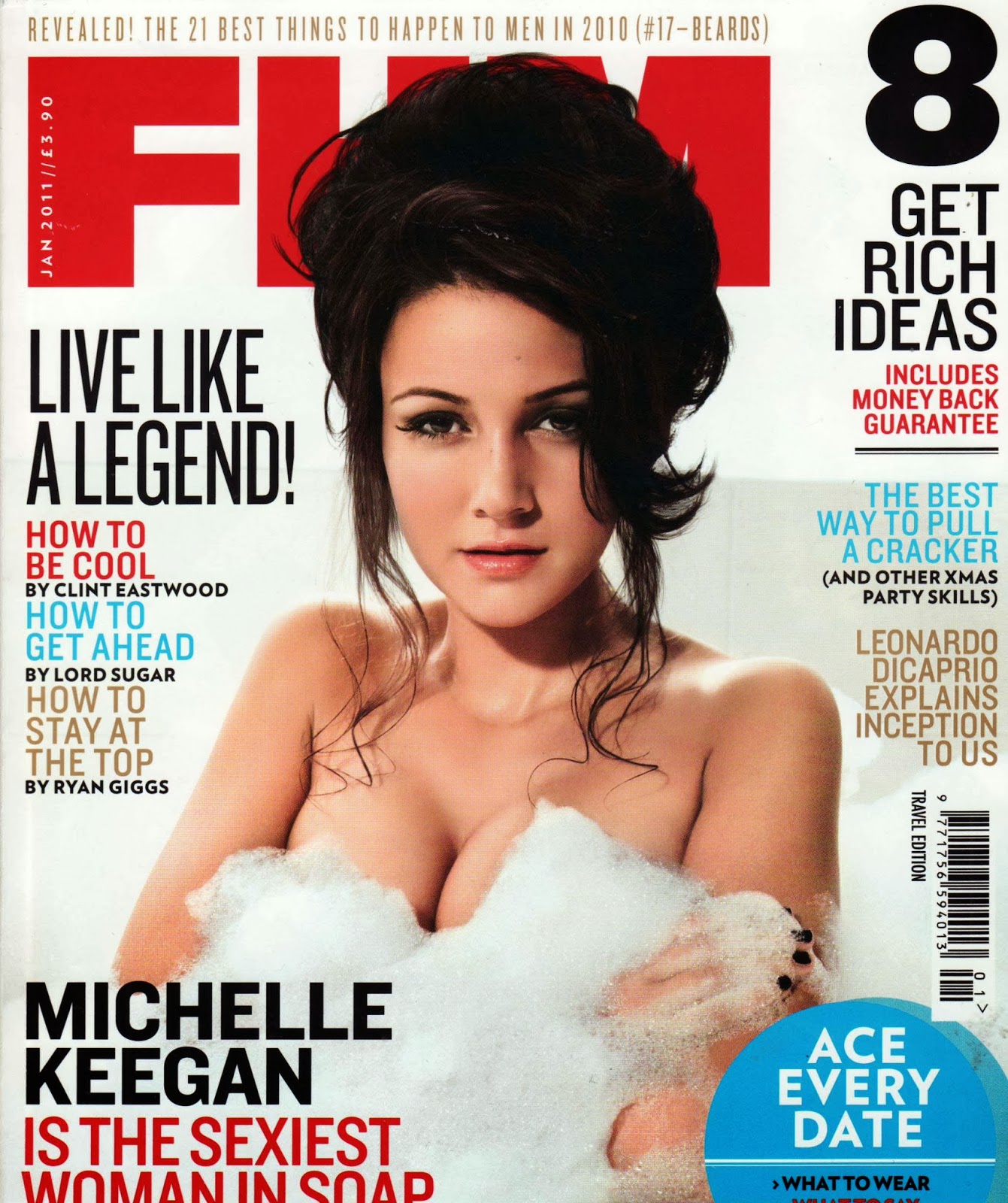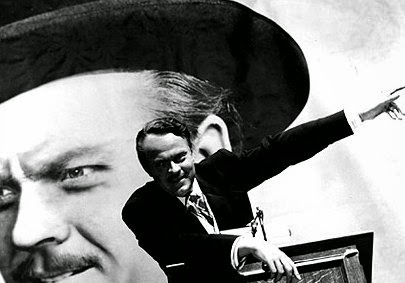A moral panic is an intense feeling expressed in a population about an issue that appears to threaten the social order.
Marshall McLuhan gave the term academic treatment in his book Understanding Media written in 1964.
According to Stanley Cohen, author of a sociological study about youth culture and media called Folk Devils and Moral Panics (1972), a moral panic occurs when "condition, episode, person or group of persons emerges to become defined as a threat to societal values and interests".
Those who start the panic when they fear a threat to prevailing social or cultural values are known by researchers as moral entrepreneurs, while people who supposedly threaten the social order have been described as "folk devils".
Moral panics are in essence controversies that involve arguments and social tension and in which disagreement is difficult because the matter at its center is taboo.
The media have long operated as agents of moral indignation, even when they are not consciously engaged in crusading or muckraking. Simply reporting the facts can be enough to generate concern, anxiety or panic.
Moral panic examples:
60's
They often occur during times when society has been unable to adapt to significant change and when such change leads to a fear of a loss of control within the normal social structure. This was evident during the 1960s when society experienced such modernising trends as the so called 'sexual revolution'. When events, such as those found in the 1960's, occur there is a concern that moral standards are in decline and entire generations can sometimes be accused of undermining society's moral structure.
James Bulger.
The concern of 'video nasties' reappeared in the 1990's following the murder of the toddler James Bulger by two juveniles. The case was related to the violent film 'Child's Play 3', which the offenders had previously watched. The case and the implications made against the film resulted in further regulations being enacted in 1994.
Despite the fact that such killings remain extremely rare, the story, largely due to its portrayal by the media, led to the view that all children were now at risk from one another, and that access to certain films could produce child murderers. The dangers posed by moral panics are continuously exaggerated and distorted by the media with the result that public concern is heightened. They often present reasons and scapegoats for the occurrence of certain events in order to divert attention from more real and greater problems found within society.
E.coli
The E.coli outbreak in Scotland, which occurred at the end of 1996, created debates regarding food safety laws and led to changes concerning the cleanliness of animals when they are slaughtered and the general hygiene standards in butcher's shops and supermarkets. Whilst E.coli is extremely dangerous the media's reporting of the incident led the public to believe that there was yet another national crisis concerning our food, and that such vulnerable groups as the elderly and the young were in extreme danger.
However, despite the fact that twenty people died and many were seriously ill, the outbreak of E.coli was exaggerated extensively by the press, and many of the public failed to realise that many of the planned changes concerning food hygiene were already in place in most food shops.
Whilst changes in the storing and displaying of cooked and raw meats was clearly necessary, the media's orchestration of the panic led the public to believe the issue to be a far greater problem than it actually was.
Dunblane
Perhaps the most publicised moral panic in the past few years has been the concern over the British gun control laws. Following the Dunblane massacre in Scotland in which a number of schoolchildren and their teacher were shot dead by a lone gunman, a campaign was initiated calling into question the current restrictions on the purchasing of weapons. The incident created a national panic and concern for the safety of our children in schools, and the issue of stricter gun laws resulted in extensive amendments to the laws making the United Kingdom one of the strictest countries regarding public access to hand guns.
Clearly, the majority of people who possess hand guns or who partake in shooting activities are normal, responsible people who have simply fallen victim to the demands of the media and the general public in making the country a safer place and preventing such a tragedy as Dunblane from ever occurring again.
However, despite the fact that twenty people died and many were seriously ill, the outbreak of E.coli was exaggerated extensively by the press, and many of the public failed to realise that many of the planned changes concerning food hygiene were already in place in most food shops.
Whilst changes in the storing and displaying of cooked and raw meats was clearly necessary, the media's orchestration of the panic led the public to believe the issue to be a far greater problem than it actually was.
Dunblane
Perhaps the most publicised moral panic in the past few years has been the concern over the British gun control laws. Following the Dunblane massacre in Scotland in which a number of schoolchildren and their teacher were shot dead by a lone gunman, a campaign was initiated calling into question the current restrictions on the purchasing of weapons. The incident created a national panic and concern for the safety of our children in schools, and the issue of stricter gun laws resulted in extensive amendments to the laws making the United Kingdom one of the strictest countries regarding public access to hand guns.
Clearly, the majority of people who possess hand guns or who partake in shooting activities are normal, responsible people who have simply fallen victim to the demands of the media and the general public in making the country a safer place and preventing such a tragedy as Dunblane from ever occurring again.
AIDS
many innocent people fall victim of certain moral panics once they are orchestrated by the media. This point was evident in the aftermath of the AIDS issue which was raised in the 1980's.
Through the media we were led to believe that the virus posed a very real threat to the future of mankind and although it was, to a great extent, a possibility that the virus would affect our whole way of life, it must be noted that the initial scare as reported by the media was based on assumptions and insubstantial evidence.
The press also publicised the fact that the virus was prominent amongst the gay community. Whilst it remains true that homosexual men are at considerable risk from the virus the media's portrayal of the issue provoked mass public resentment of homosexuals and a general belief that they were responsible for the disease due to their 'unorthodox' lifestyle.
TASK1:
Do some research on the above moral panics. One paragraph on how each has been portrayed in the media. Post to your blogs.
TASK2:
Carry out some research on Leah Betts who died after taking ecstasy in 1995.
How has media coverage and celebrity input changed public perception of the drug?
Writing an essay all about ravers or Britpop is insufficient - you must write an essay about how they have been represented.
TASK3:
MEDIA PRODUCT
You must create your own Moral Panic via the production of newspaper pages.
Your deconstruction will have shown how manipulative and persuasive the media can be in trying to shape the ideologies of an audience in order to be scared of that element.
You will also have investigated why Moral Panics are created and be able to give context to the representations you have seen.
All this analysis and research will probably give you a 'toolkit' of how to create a Moral Panic - sometimes subtle, sometimes explicit, the papers have the power to be master manipulators.
This project has the potential to be a lot of fun, but there are a couple of decisions to make and pit-falls to avoid...
- Are you going to take something that is already on the fringes of society and create a moral panic out of people's ignorance and limited perceptions?
- Are you going to choose something innocuous and unthreatening about society and demonise it?
- Avoid cliched and lazy ideas - somethings are overdone already; asylum seekers, video games and drugs might have already reached saturation point in the real media
- Don't confuse fear of things like natural disasters with Moral Panics
- Make sure that it's actually possible to get the photos you need - don't choose to discuss a terrorist attack unless you can get a photo of one!






































